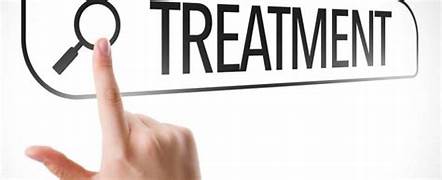Local, National, or Luxury? Exploring Different Levels of Rehab Facilities

Choosing the right rehabilitation facility is a pivotal step in the journey to recovery. With various options available, including local, national, and luxury rehab centers, individuals can select a program that best aligns with their needs, budget, and lifestyle. Each level of care offers unique advantages, and understanding the differences can help you make a well-informed decision.
Local Rehab Facilities: Accessible and Community-Focused
Local rehab centers are often the first choice for individuals seeking convenient, accessible treatment close to home. These facilities are typically located within the patient’s community, allowing easier access to support networks like family and friends.
Benefits of Local Rehab Facilities:
- Accessibility: Being nearby reduces travel time and allows for ongoing support from loved ones.
- Affordability: Local facilities tend to be more budget-friendly, especially for those using state-funded or insurance-based programs.
- Community Integration: Many local programs foster strong community ties and support group connections that can last well beyond treatment.
Local rehab is ideal for individuals with family responsibilities, work obligations, or limited financial resources. However, it may not offer the privacy or specialized services some individuals seek.
National Rehab Centers: Broader Services and Specialized Programs
National rehab centers are often larger organizations with multiple locations across the country. These facilities usually offer standardized treatment protocols and a broad range of services.
Benefits of National Rehab Centers:
- Consistency of Care: Proven treatment models are applied across all locations.
- Specialized Programs: Many national centers offer dual diagnosis treatment, gender-specific care, and programs tailored to veterans, adolescents, or LGBTQ+ individuals.
- Flexibility: Patients may transfer between locations or select a facility outside their home state for more privacy.
National centers are well-suited for individuals seeking comprehensive, evidence-based care with a variety of treatment options. They may be more expensive than local facilities, but insurance often covers a portion of the cost.
Luxury Rehab Facilities: High-End Comfort and Personalized Treatment
Luxury rehab centers cater to individuals seeking top-tier amenities, privacy, and highly customized treatment plans. These facilities are often located in serene, resort-like environments and attract high-profile clients or those who prefer discreet care.
Benefits of Luxury Rehab Facilities:
- Privacy and Comfort: Private rooms, gourmet meals, and spa-like settings promote a sense of ease during recovery.
- Personalized Services: One-on-one therapy, alternative treatments (e.g., acupuncture, equine therapy), and holistic wellness approaches are standard.
- High Staff-to-Patient Ratio: More individualized attention enhances the overall treatment experience.
Luxury rehab is ideal for individuals who can afford out-of-pocket expenses and desire a highly supportive, pampering environment. These programs often exceed traditional care expectations but come at a significantly higher cost.
Conclusion
The choice between local, national, and luxury rehab facilities depends on various factors, including the severity of addiction, personal preferences, and financial considerations. Local centers offer community and convenience, national programs provide specialized services and flexibility, and luxury facilities deliver top-notch care in an exclusive setting. By understanding the distinctions between these options, you can choose a rehab path that best supports your recovery journey.








